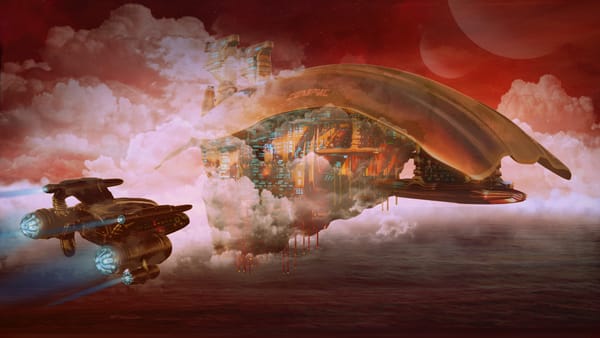The Broken Earth Trilogy : All Things Change During A Season

N.K Jemisin’s ‘The Broken Earth’ trilogy is repeatedly said to have changed the world of fantasy literature. How much veracity does that really hold? This series spotlights a far-future world prone to geological devastations named ‘seasons’. The protagonist, Essun, is one of the world’s many, but disfavoured, orgenes: people with the power to control the Earth’s orogenic movements. Her son is dead and family, missing. The storyline paints her journey trying to locate her daughter, Nassun, while unfolding her past. Meanwhile, a new season has begun; one that seems will last forever. With a stone-eater and geomest by her side, Essun embarks on a life changing voyage while a cataclysm ravages the Stillness.
The author cultivated a world of fantasy unlike any I’ve read about before; and the first book strives towards setting it in stone. What stands out most about ‘The Fifth Season’ is its use of multiperspectivity. The narrative shifts between three characters that weave together flawlessly at the end. Jemisin’s use of second person for Essun’s role was a bold choice, but effectively made me care for her throughout the trilogy. Being put in her shoes, the reader is made to not only understand, but also experience the oppression and disorder that Essun’s life constituted. I can certainly say that this was my favorite book of the three.
The second book, ‘The Obelisk Gate’, pretty much tore down everything the first book established. Still in second person, Essun is still desperately trying to find her daughter while the season’s demolition mounts. This is when Jemisin introduces Nassun’s perspective. Sure, this made things more exciting, but I didn’t really care about her character. This made her half of the story quite the drag. Nonetheless, the connections drawn between the two women’s roles were exceptionally done. Both of them grapple with the possession of great power in a world that is in dire need of saving.
Lastly, ‘The Stone Sky’. This book didn’t do it for me. Jemisin pulled open the curtains to a whole new civilization and storyline. It surely explained how and why the moon had oddly been flung into space but I had trouble linking it with the primary plot. So naturally, I was less invested in the overall story, but Essun’s character was a real saving grace. My empathy for her successfully dodged the other obstacles this book had. In winding up, the finale was quite the end-all-be-all but like many, I saw it coming from miles away.
Notwithstanding its downfalls, at its core, this trilogy outlined a story about strength and marginalization. The implicit but intentional social commentary on how society benefits from prejudice against certain groups of people and the responsibility possessed by those in power shone through and truly made this trilogy what it was. This, among other factors such as the unconventional magic system and plot twists, made this series different from other works of fantasy. Perhaps that is why readers claim that ‘The Broken Earth’ trilogy permanently altered the world of literary fantasy.
| Symposia: | |
| Goodreads: |
(this article is cross-posted from symposia)




